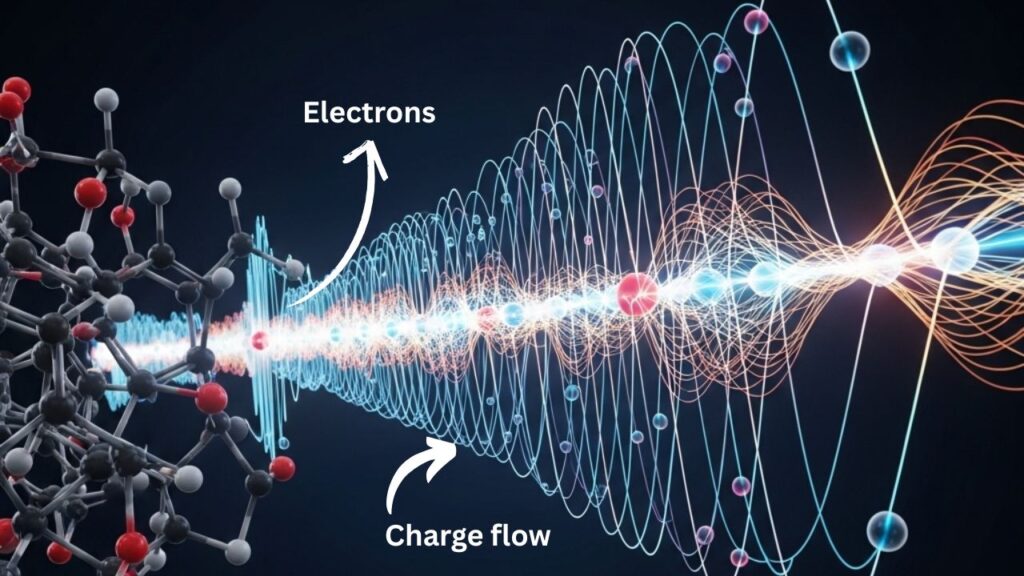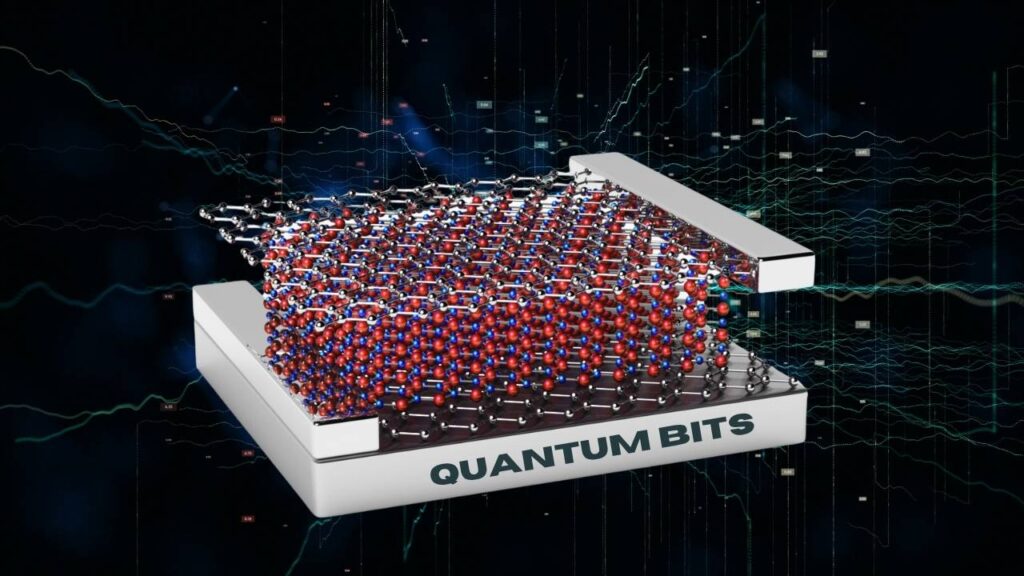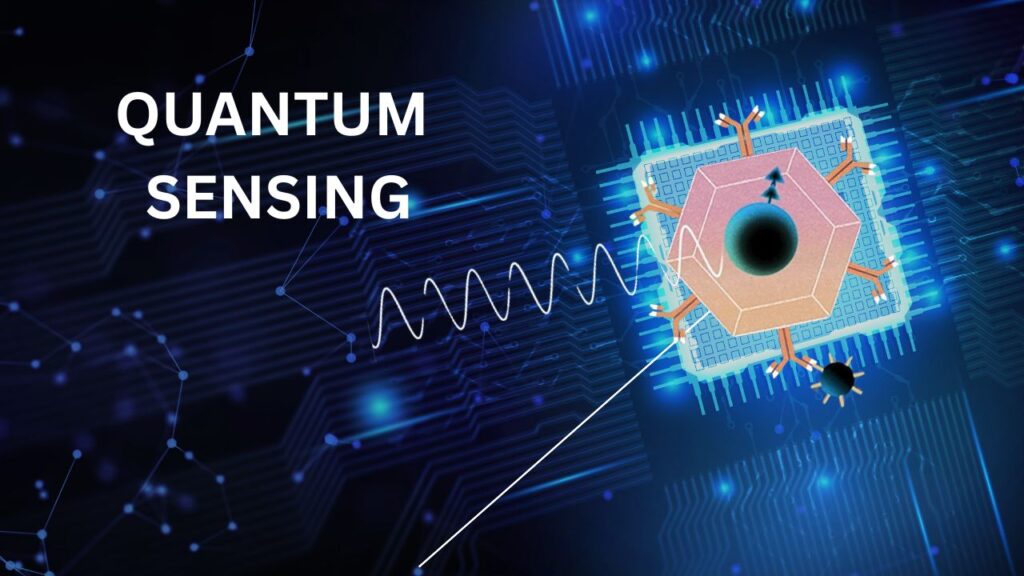Bigger Molecules Now Proven to Extend Quantum Charge Flow: Quantum physics might sound like a distant and confusing field, but recent discoveries are bringing us closer to using it in real-world technologies. One of the most exciting breakthroughs? Scientists have proven that bigger molecules can extend quantum charge flow like never before. This finding isn’t just theoretical—it could completely reshape the future of quantum computing, molecular electronics, and nanoscale technologies.

In this article, we’ll explain why bigger molecules matter, how this discovery was made, and what it means for both beginners and professionals in the field. Whether you’re a curious reader, a student, or a seasoned researcher, there’s something here for you.
Bigger Molecules Now Proven to Extend Quantum Charge Flow
| Feature | Details |
|---|---|
| Main Discovery | Larger molecules exhibit significantly longer quantum charge coherence times than smaller ones. |
| Peak Coherence Time | Over 100 femtoseconds (fs) in large molecules vs. 10 fs in small ones |
| Experimental Systems | Chains of chloro-alkyne ions and large molecular cages up to 732 atoms |
| Impact Areas | Quantum computing, molecular electronics, nanotechnology, quantum sensing |
| Professional Insight | A game-changer for scalable quantum systems and coherent electron transport |
| Verified Sources | APS Physics, PNAS, Nature Nanotechnology |
| Official Resource | American Physical Society |
This groundbreaking study has flipped a long-standing belief in quantum chemistry: bigger molecules don’t just manage quantum coherence—they extend it. With longer-lived charge migration, these molecules could revolutionize quantum devices, sensors, and molecular circuits.
Whether you’re a curious learner or a seasoned scientist, the message is clear—complexity can be an ally in the quantum world. As research continues, we may soon see these principles in the next generation of technologies.
What Does “Quantum Charge Flow” Mean?

Let’s simplify the science first.
When we talk about quantum charge flow, we’re referring to how electrons move through a molecule in a wave-like way—coherently, like synchronized swimmers. This is unlike classical movement, where they just bounce around like balls in a pinball machine.
Now, for devices like quantum computers, sensors, or even molecular switches to work properly, this wave-like behavior must last long enough—that is, it must stay “coherent.” Unfortunately, in many molecules, this coherence breaks down too fast.
That’s why the recent discovery—that larger molecules can keep this charge flow coherent longer—is such a big deal.
The Science Behind the Breakthrough
The Study in Focus
Researchers from a team led by Jakub Kaminský at the Czech Academy of Sciences, in a paper published in Physical Review Research, studied chains of chloro-alkyne ions—a type of organic molecule that can carry charge. They observed these molecules after being hit by ultrashort laser pulses to mimic what happens in quantum devices.
Here’s what they found:
- Short molecules (~5 atoms): Coherence died out within 10 fs.
- Long molecules (~15 atoms): Coherence lasted up to 110 fs!
That’s a tenfold increase, simply by increasing molecular size.
Why This Happens
Larger molecules have more internal vibrational modes, which sounds like it should destroy coherence. But surprisingly, these vibrations actually help stabilize the wave-like charge, spreading it out more evenly and slowing down decoherence.
Think of it like this: in a tiny room, a loud noise echoes and disrupts quickly. In a big hall, the same noise spreads more smoothly and lasts longer.
Real-World Applications
Quantum Computing

Quantum bits—or qubits—require coherence to perform calculations. Most quantum computers today use superconductors or trapped ions, but molecular qubits are being explored as a more scalable alternative. Bigger molecules could offer a stable environment for these qubits, especially if coherence lasts longer.
Molecular Electronics

In nano-circuits built from individual molecules, charge must move predictably. Larger, coherent molecules could act as molecular wires or switches, opening the door to ultra-compact circuits.
Quantum Sensing

Molecules that maintain coherence longer can be used in high-precision sensors—capable of detecting magnetic fields, light, or even single atoms with extreme accuracy.
Professional Insights: Why It Matters
For years, researchers believed larger molecules would suffer from faster decoherence due to internal complexity. This new data defies that assumption and proves we can design stable, complex molecular systems for real-world quantum devices.
“This flips a fundamental idea on its head,” said Dr. Sara El-Khoury, a quantum chemist not involved in the study. “Complexity no longer seems like a liability—it could be an asset.”
The implications for fields like quantum thermodynamics, bioelectronics, and molecular spintronics are profound.
A Step-by-Step Guide to Understanding the Phenomenon
Step 1: Understand Charge Migration
When a molecule loses an electron (through light or collision), the positive charge—called a hole—can move around the molecule. This is charge migration.
Step 2: Appreciate Coherence
If this hole moves coherently, it retains wave-like behavior and allows for quantum-level control. But coherence tends to vanish quickly due to internal noise.
Step 3: Realize the Size Factor
It was thought that the more atoms in a molecule, the worse the internal noise. However, vibrational averaging in larger systems stabilizes charge migration, keeping coherence intact longer.
Step 4: Apply to Devices
Designing molecular systems with long-range coherence allows for quantum-controlled materials, useful in everything from computing to chemical sensors.
Scientists Develop That Detects Toxic Sarin Gas Instantly
New Polymer Breakthrough Boosts Durability and Sustainability Using Green Chemistry
Physicists Recreate Extreme Quantum Vacuum Conditions in the Lab — A New Era for Particle Physics
FAQs About Bigger Molecules Now Proven to Extend Quantum Charge Flow
What’s the significance of coherence lasting 100 fs?
That’s 10 times longer than typical in similar systems. It gives designers more time to manipulate charge flow before quantum behavior collapses.
Why didn’t scientists expect this before?
Larger systems were assumed to create more “noise” that breaks coherence. But this study shows internal complexity can actually dampen decoherence, not amplify it.
Will this affect commercial quantum devices soon?
It’s early-stage, but the principles are already influencing molecular qubit and organic semiconductor research.
Is this limited to chloro-alkyne molecules?
No. The mechanism likely applies to many extended molecules, especially those with π-conjugated systems, like polyenes, porphyrins, and fullerenes.
Can I observe this phenomenon outside a lab?
Not directly—coherence events happen on femtosecond timescales. But this science underpins devices like quantum sensors that could eventually reach consumers.






